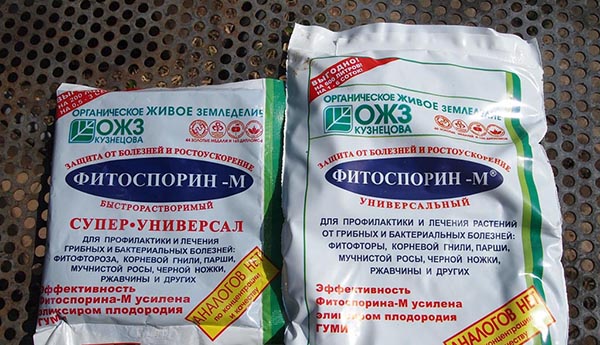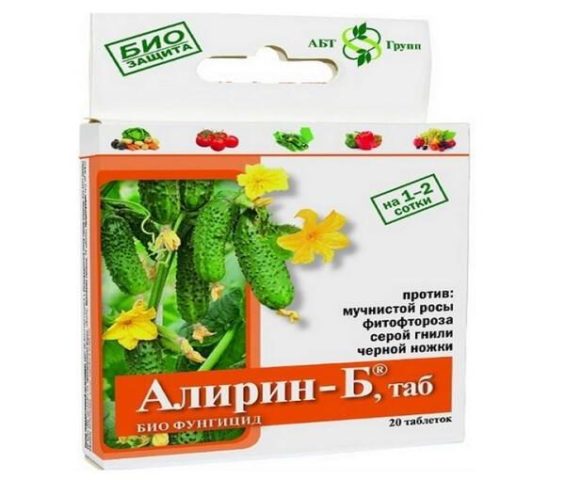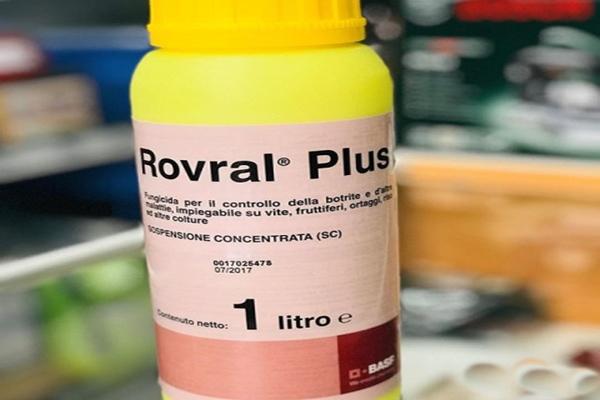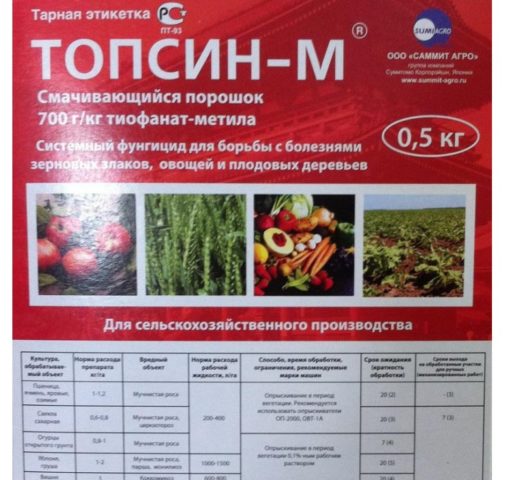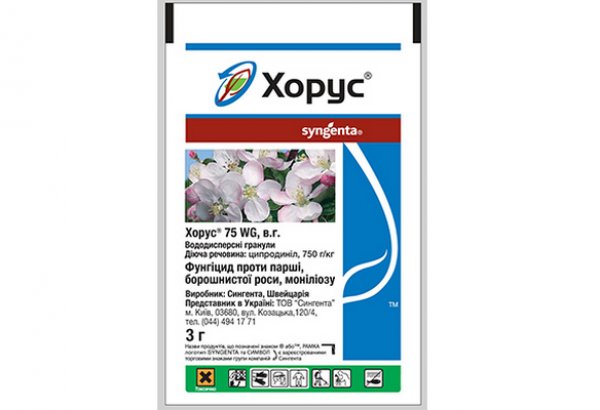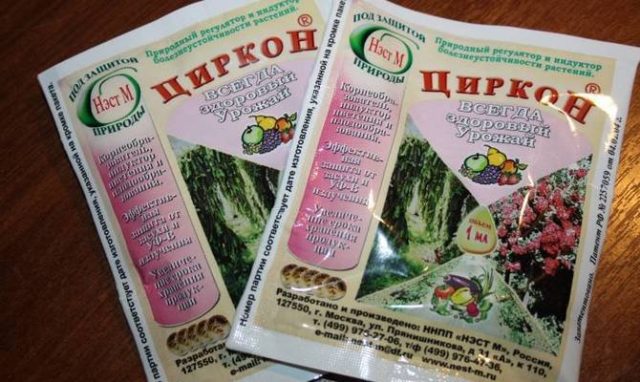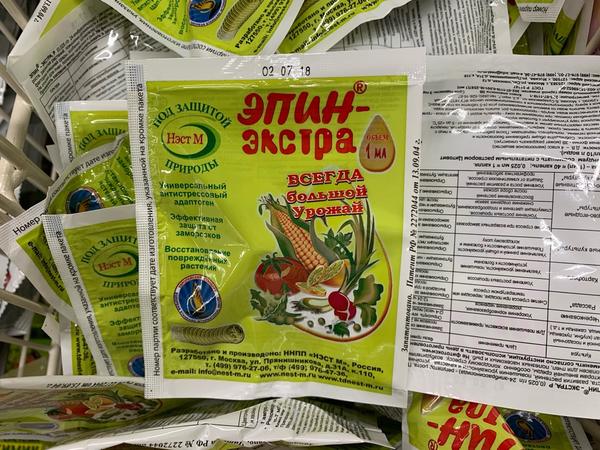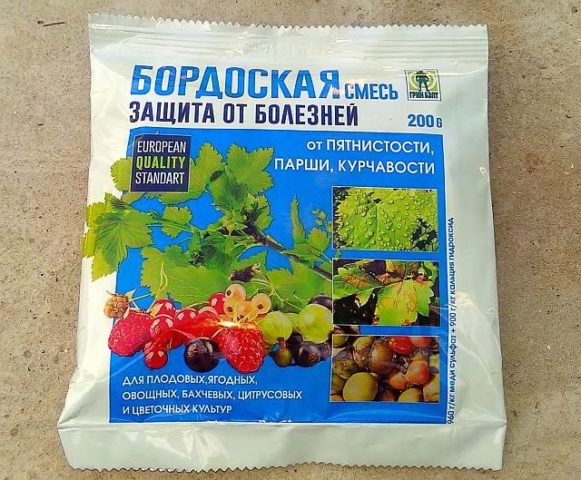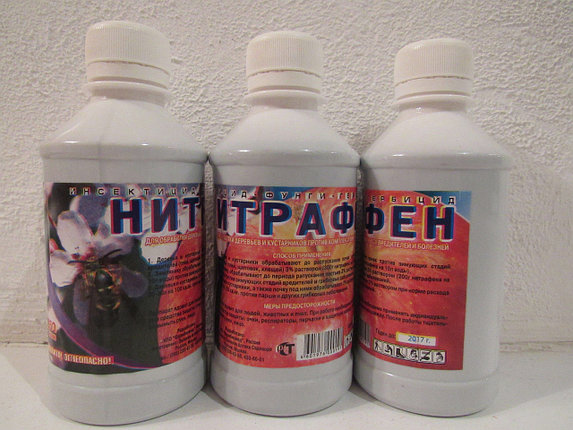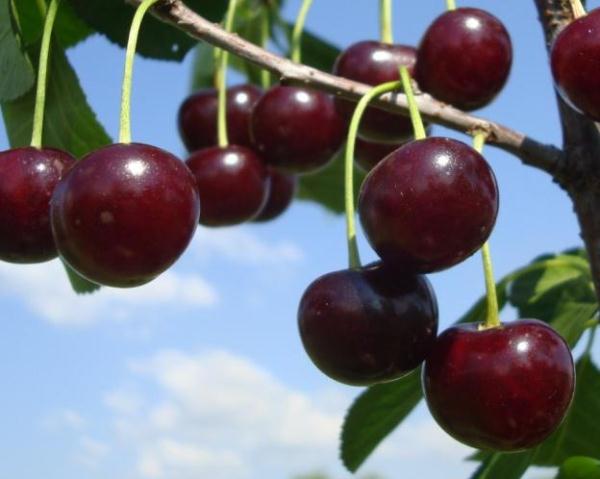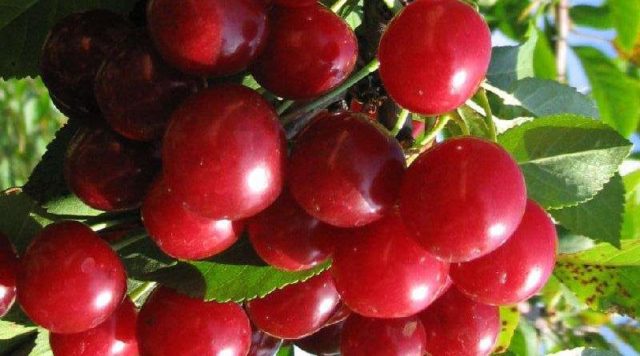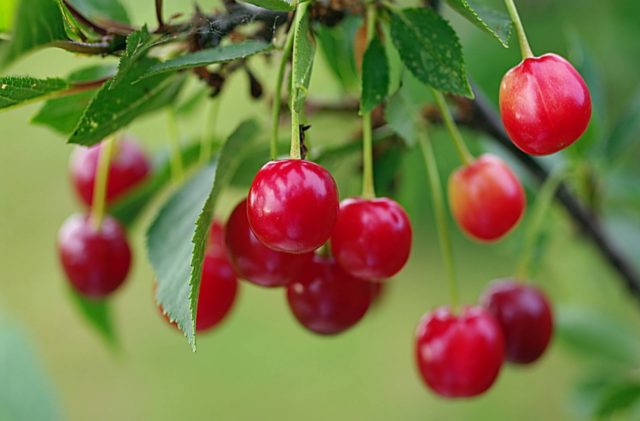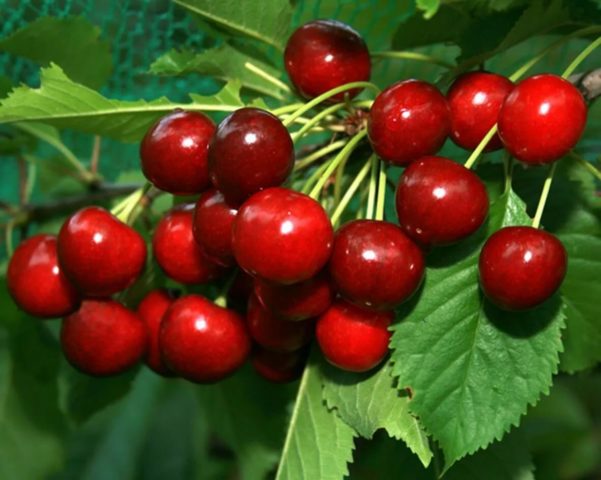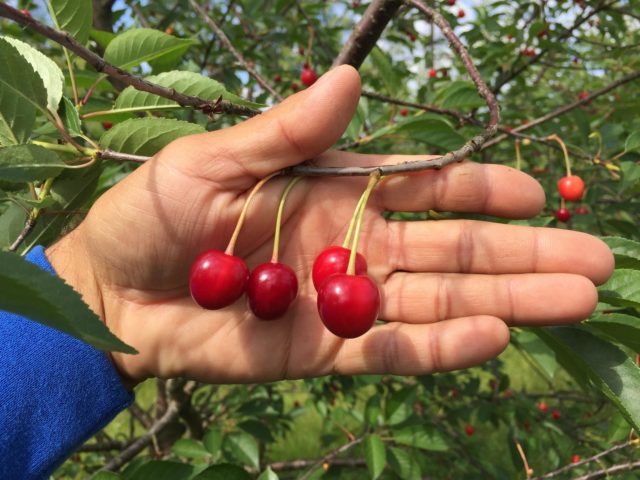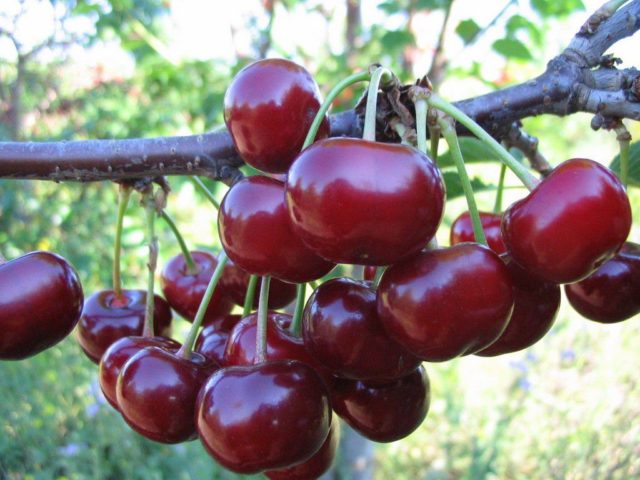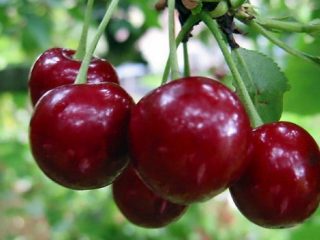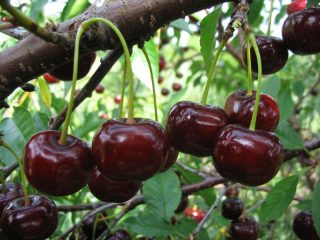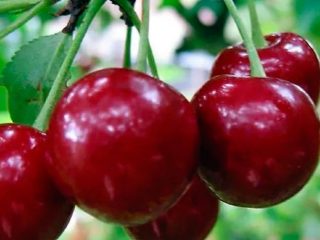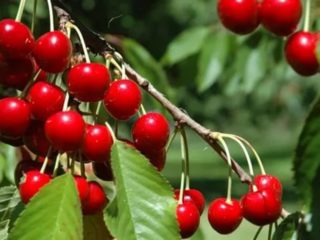Content
It is quite difficult to treat cherry moniliosis, especially in the later stages of the disease. The danger of this fungal infection also lies in the fact that it quickly spreads to neighboring fruit trees. Ultimately, you can lose about a third of the entire harvest if you do not start treating the cherries in time.
What kind of cherry disease “moniliosis” is this?
Moniliosis (monilial burn) is one of the most dangerous diseases of stone fruits, which is caused by the fungus Monilia cinerea. The infection is most widespread in the European part of Russia and Western Siberia.
Infection occurs in the spring during flowering, when fungal spores fall on cherry flowers. They penetrate the pistil and germinate there, affecting the conducting vessels and spreading along the shoot, which leads to the gradual drying out of the tree. If fungal spores remain on the cherry in the fall, they will overwinter in the mummified fruit and dried branches. In the spring, the moniliosis fungus becomes active again and will give rise to a new round of infection.
Signs of cherry moniliosis
It is very important to start treatment for monilial cherry burn in time - it is easiest to get rid of the fungus in the first stages of the disease. The onset of a lesion can be determined by the following signs:
- leaves quickly turn yellow and fall off;
- the fruits stop developing, their skin darkens;
- the pulp begins to taste bitter;
- a grayish coating appears on the shoots;
- the leaf plates are also covered with light gray growths;
- the flowers dry out;
- the berries begin to rot and fall off.
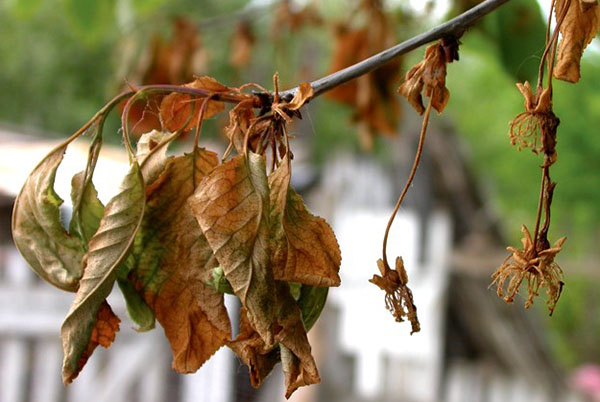
As a rule, the first signs of moniliosis appear 1-2 weeks after the start of flowering
Why does cherry get moniliosis?
Most often, moniliosis affects cherries that are planted with serious violations of agricultural technology:
- the tree is located in a lowland where excess water accumulates;
- plantings are too dense;
- the groundwater level is too high, etc.
In addition, the spread of the fungus is facilitated by prolonged rains at a fairly warm air temperature of 15-22°C.
Also, the likelihood of infection with moniliosis increases mechanical damage to the tree.Fungal spores can enter plant tissue through untreated cuts made during pruning or wounds left by insects.
Can felt cherry get moniliosis?
Felt cherry does not have immunity against moniliosis, and therefore often becomes ill with this fungus. The extensive damage to plantings is facilitated by the heat-loving nature of felt varieties - high humidity in warm climates is an ideal environment for the spread of infection. Over the course of a few years, moniliosis can deplete the felt cherry tree to the point that the tree eventually dies.
How to cure cherries from moniliosis
Cherry moniliosis behaves quite aggressively and quickly invades new territories, so treatment of the disease is carried out comprehensively. Chemical and biological agents alone are not enough - they additionally carry out sanitary pruning of cherry trees, hilling the tree trunk, harvesting leaves in the fall, etc. In other words, spraying of plantings is combined with various agrotechnical techniques.
How to deal with cherry moniliosis using folk remedies
Traditional methods of combating moniliosis include liming the cherry trunk in late autumn and spraying with iodine solution. The recommended dosage of the product is 10 ml per 10 liters of water. The resulting mixture is thoroughly stirred and the tree is treated with it approximately 20-25 days before harvesting. Later treatments of plantings are prohibited, since the fruits can absorb a large concentration of iodine.
It is better to treat young cherry seedlings for moniliosis with this solution in the spring.
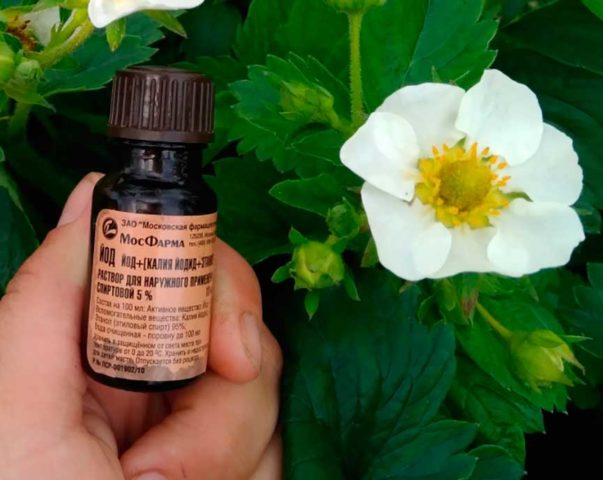
Repeated spraying is carried out after 4-5 days
Fighting cherry moniliosis with biological products
Biological drugs are more effective than folk remedies, however, they are still inferior in strength to industrial chemicals. On the other hand, they are much safer than the latter, making longer treatments possible.
The most effective ones include the following:
- "Fitosporin-M";
- "Fitolavin";
- "Alirin-B".
How to save cherries from moniliosis using chemicals
Systemic chemical preparations cope well with moniliosis on cherries, however, they can harm the plantings if the permissible dosage of the product is exceeded. In addition, they should not be used less than a month before picking the berries.
The best drugs for moniliosis are the following:
- "Rovral";
- "Topsin-M";
- "Horus."
How to treat monilial burn of felt cherry
Moniliosis on felt cherries is fought according to the following scheme:
- First the wood is processed "Zircon"when the buds open.
- The procedure is repeated after flowering. Treatments with Zircon can be alternated with spraying with the drug "Epin-Extra".
- In spring, all diseased and dried branches are cut off from the tree. It is necessary to remove shoots down to living tissue, even if it involves a healthy area.
- After this, the plantings are sprayed Bordeaux mixture (1%).
- Treatment is continued with medications containing copper.Perfect for these purposes "Nitrafen" in a proportion of 200 g of substance per 10 liters of water. You can treat cherries against moniliosis both in spring and autumn.
To prevent moniliosis in felt cherries, fertilizers with a high content of boron, manganese and copper are added to the soil. All rotten berries are collected and burned. You can harvest in a month.
Rules for treating cherries against moniliosis
Before proceeding directly to the treatment of cherries, it is necessary to prune the infected shoots. In the spring, the procedure is carried out until the buds open. In autumn, trees are pruned in October-November.
In order to stop the spread of moniliosis in the tree, the cut is made 10-15 cm below the drying site. The shoots are not cut exactly along the border of the infected area.
When to treat cherries for moniliosis
The fight against moniliosis is carried out throughout the season. Conventionally, we can distinguish three main stages for spraying the garden:
- in spring - before flower buds open;
- in the summer - after flowering, when the tree forms ovaries;
- in autumn - after leaf fall.
During fruiting, all work on spraying cherry trees is stopped.
How to choose drugs for cherry moniliosis
Traditional methods of combating moniliosis can briefly stop the development of the disease only at the initial stage, as well as agricultural techniques. In case of moderate damage, it is recommended to use biologically based preparations - they are quite strong, however, they have a gentle effect on the tree.If the moniliosis fungus has covered large areas, only potent chemicals can help.
Personal protective measures
When working with strong chemicals and drugs of biological origin, it is important to follow the following safety rules:
- While spraying the garden, it is prohibited to eat, drink, smoke or remove protective equipment, even for a short time.
- In order to protect mucous membranes and skin from chemical burns, it is recommended to use rubber gloves or mittens, safety shoes and a respirator. If the latter is not available, you can use cotton-gauze bandages. In extreme cases, cotton fabric folded in several layers will do.
- After completing all work, rubber gloves must be washed in a 3-5% soda ash solution without removing them. You can also use lime milk. The gloves are then washed in water.
How to treat cherries from moniliosis
Spraying fruit trees is best done in dry, windless weather. After processing the cherries, there should be no rain for at least 2-3 hours so that all the active components have time to be absorbed into the plant fibers.
The frequency of treatments is different for each product - some drugs are used only once, while others are used repeatedly. On average, the interval between two sprayings is two weeks.
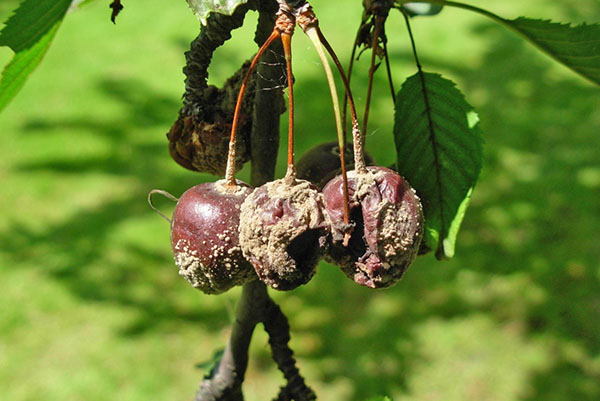
The causative agent of moniliosis quickly adapts, so the chemicals are changed from time to time
Prevention measures
A set of preventive measures against moniliosis on cherries includes the following procedures:
- Timely thinning of the crown. Thickening of branches creates favorable conditions for the reproduction of various insects, which are often carriers of the fungus.
- Avoiding mechanical damage. If the tree is nevertheless injured, all wounds are treated with garden varnish. Do the same with the cut areas after trimming.
- Autumn cleaning of the tree trunk circle. Fallen leaves are collected and burned away from the garden, and the cherry trunk is covered with whitewash.
- Regular treatment of the garden with copper sulfate. Copper prevents the spread of fungus.
- Sanitary pruning. From time to time it is worth inspecting fruit trees for damaged and dried shoots. At the first signs of damage, the branches are removed and burned.
- Periodic loosening of row spacing and trunk circle. For the winter, it is recommended to dig up the soil under the cherry tree.
Separately, it is worth noting such a preventive measure as competent selection of a site for planting cherries. Trees should be placed on hills and flat areas, as excess moisture will inevitably accumulate in the lowlands - an ideal environment for the spread of fungus. The groundwater level at the landing site should not be less than 1.5 m from the ground surface.
In addition, following the planting scheme recommended for a particular variety helps reduce the risk of moniliosis. On average, the interval between two adjacent trees in the garden should be 3 m.
Cherry varieties resistant to monilial blight
Choosing a variety adapted to local climatic conditions and resistant to moniliosis will help reduce the likelihood of disease to a minimum. In particular, the following varieties take root well in the Moscow region:
- Chocolate girl;
- Turgenevka;
- Cossack girl.
In the south of the country it is recommended to plant the following species:
- Shpanka;
- Kharitonovskaya.
In the conditions of central Russia, the following varieties have proven themselves well:
- Novodvorskaya;
- Sap.
Of course, these varieties do not have absolute immunity to moniliosis, however, they get sick much less often than other varieties.
Conclusion
It is not easy to treat cherry moniliosis - it is one of the most destructive diseases for stone fruit crops. Already in the first year after the plantings are infected, at least a third of the crop may become unusable, or even more if the disease is allowed to spread. Moreover, if treatment is not started in time, the fungus will very quickly spread to the nearest fruit trees: peach, apricot, cherry plum, plum, etc.
You can learn more about how to spray cherries against moniliosis from the video below:
